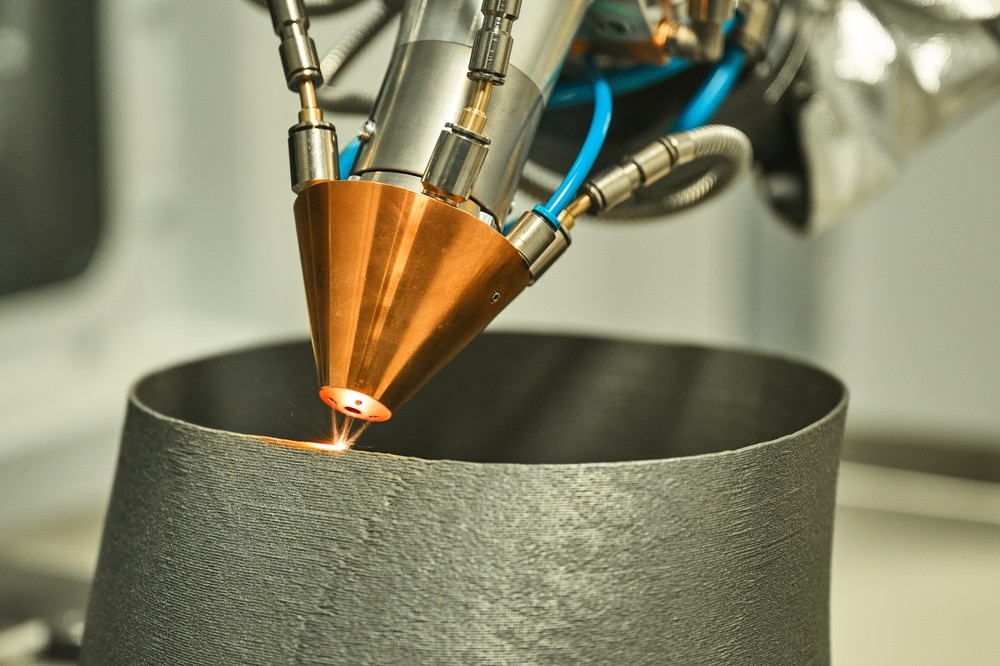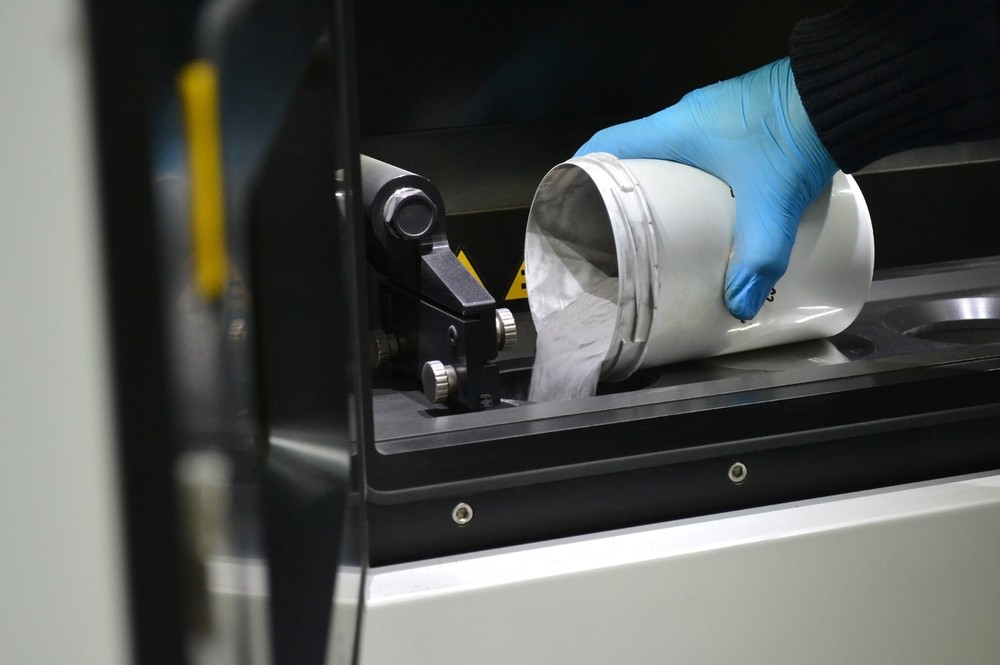How 3D Printing Materials and Processes Are Getting Better

Turn the clocks back to 2015, and the hottest buzzword in manufacturing was “additive manufacturing.” More commonly known as “3D printing,” additive manufacturing was a breakthrough concept poised to change the way we prototyped, produced, and modified products. Years later, it hasn’t quite lived up to the hype. Yet additive manufacturing is far from a bust — in fact, it’s getting better with each passing year.
3D printing has come a long way
While 3D printing may still be far from ubiquitous across industrial settings, its practical applications are increasing by the year. Use cases are skyrocketing based on a 2021 study of 300 manufacturers.
According to the study, approximately 73% of manufacturers surveyed use 3D printing for research and development activities and 72% for prototyping. Even more surprisingly, nearly half of the respondents currently use 3D printing to produce at least 25% of their functional or end-use parts. This trend is expected to grow, as 97% of respondents expected their company’s use of 3D printing to increase at least somewhat in the next few years.
Modern substrates
Why are more manufacturers embracing 3D printing? In large part, it’s due to improvements in print material substrates. One modern substrate in particular — polymeric nanomaterial — is an “ink” designed to reduce the weight of 3D printed parts by nearly 80%. The printer can build up the ink, layer after layer, to create incredibly light parts with thermal conduction and magnetism properties. It’s a breakthrough innovation set to change aerospace manufacturing, among other industries.
Polymer composites still have a long way to go for widespread adoption as an additive material, but they’re getting better, alongside epoxy materials. Today’s epoxy coatings create insoluble prints that are durable, tough, and resistant to solvents. They’re ideal for coating materials like ABS, PLA, and SLA. They’re also easy to apply, making prints stronger with a clear, shiny surface.

Advances in 3D printing techniques
Aside from materials, 3D printing processes are improving. For example, printing metal traditionally has been difficult for 3D printing. It’s expensive, slow, and energy intensive. The end product can’t match the density, durability, and strength of conventionally produced metal. A new technique — cold spray deposition — may change this.
Cold spray deposition uses a pressurized jet of air to shoot metal powder at supersonic speeds onto a surface. The particles fuse with one another on impact, forming a durable bond. Utilizing a nozzle and a robotic arm, additive manufacturers have employed cold spray deposition to create metal products. Since the technique can be performed in the open air, it can be used to produce large components.
Another innovative process is friction-stir deposition. Using electron microscopy, electron diffraction, and other methods, additive manufacturers can print and repair large metal parts, like military vehicle hulls. The process is being embraced by the aerospace, defense, and shipping industries. Both friction-stir deposition and cold spray deposition are already delivering real-world results.
A future for additive manufacturing
While 3D printing may not have advanced as quickly as expected, it’s still progressing at a rapid rate. From materials to processes, 3D printing will continue to be refined as more manufacturers implement additive manufacturing and reap the benefits it provides
